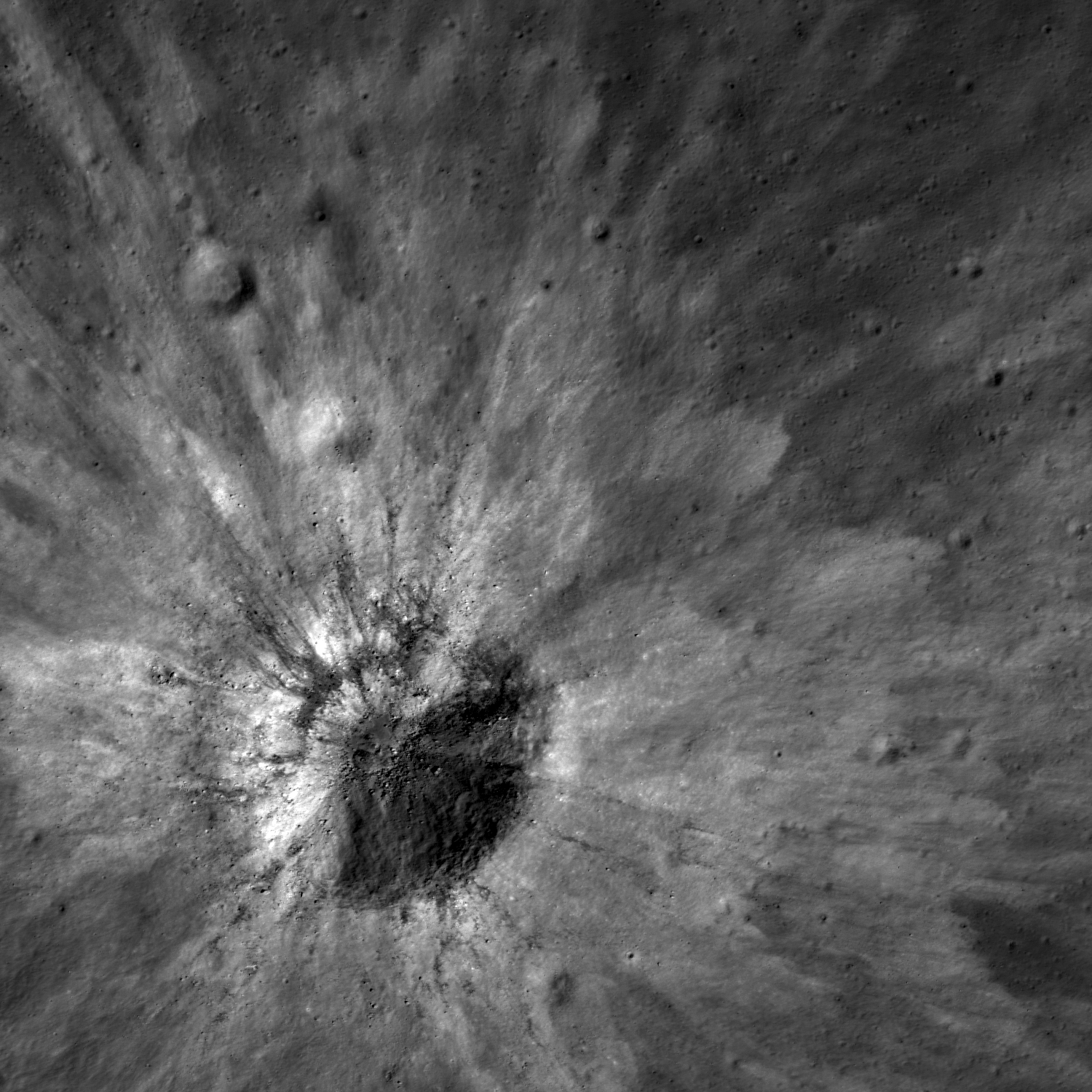
The descriptions of the print resolution stills also assume a northern hemisphere orientation. The third quarter Moon is often surprisingly conspicuous in the daylit western sky long after sunrise.Ĭelestial north is up in these images, corresponding to the view from the northern hemisphere.
#Quickmap moon download full#
The full Moon rises at sunset and is high in the sky at midnight.

By first quarter, the Moon is high in the sky at sunset and sets around midnight. The cycle begins with the waxing (growing) crescent Moon visible in the west just after sunset. The most noticed monthly variation in the Moon's appearance is the cycle of phases, caused by the changing angle of the Sun as the Moon orbits the Earth. The two extremes, called perigee (near) and apogee (far), differ by as much as 14%. The Moon also approaches and recedes from us, appearing to grow and shrink. The roll angle is given by the position angle of the axis, which is the angle of the Moon's north pole relative to celestial north. It appears to roll back and forth around the sub-Earth point. The Moon is subject to other motions as well. The sub-Earth point is also the apparent center of the Moon's disk and the location on the Moon where the Earth is directly overhead. The sub-Earth point gives the amount of libration in longitude and latitude. The word comes from the Latin for "balance scale" (as does the name of the zodiac constellation Libra) and refers to the way such a scale tips up and down on alternating sides.

When a month is compressed into 24 seconds, as it is in this animation, our changing view of the Moon makes it look like it's wobbling. Because of the tilt and shape of its orbit, we see the Moon from slightly different angles over the course of a month. The Moon always keeps the same face to us, but not exactly the same face. The pummeled, craggy landscape thrown into high relief at the terminator would be impossible to recreate in the computer without global terrain maps like those from LRO. This is especially evident in the long shadows cast near the terminator, or day-night line. Its laser altimeter ( LOLA) and camera ( LROC) are recording the rugged, airless lunar terrain in exceptional detail, making it possible to visualize the Moon with unprecedented fidelity. Lunar Reconnaissance Orbiter ( LRO) has been in orbit around the Moon since the summer of 2009. Until the end of 2021, the initial Dial-A-Moon image will be the frame from this animation for the current hour. The animation archived on this page shows the geocentric phase, libration, position angle of the axis, and apparent diameter of the Moon throughout the year 2021, at hourly intervals. The data in the table for the entire year can be downloaded as a JSON file or as a text file.
#Quickmap moon download download#
Hover over the image to reveal the animation frame number, which can be used to locate and download the corresponding frame from any of the animations on this page, including unlabeled high-resolution Moon images. Mimetype application/pdf Filename Moon-Color-Coded-Topography-and-Shaded-Relief-Maps-of-the-Lunar-Hemispheres.See also the Dial-A-Moon for the May 26 total lunar eclipse.Ĭlick on the image to download a high-resolution version with feature labels and additional graphics. For the far side hemisphere the central latitude and central longitude point is at 0° and 180°. For the near side hemisphere the central latitude and central longitude point is at 0° and 0°. The scale factor at the central latitude and central longitude point is 1:10,000,000. Projection: The projection is Lambert Azimuthal Equal Area Projection. The equator lies in the x-y plane and the prime meridian lies in the x-z plane with east longitude values being positive. The center of mass is the origin of the coordinate system. Coordinates are based on the mean Earth/polar axis (M.E.) coordinates system, the z axis is the axis of the Moon's rotation, and the x axis is the mean Earth direction. Because the Moon has no surface water, and hence no sea level, the datum (the 0 km contour) for elevations is defined as the radius of 1737.4 km.

Adopted figure: The figure for the Moon, used for the computation of the map projection, is a sphere with a radius of 1737.4 km. This publication is a set of three sheets of topographic maps that presents color-coded topographic data digitally merged with shaded relief data. Moon Color-Coded Topography and Shaded Relief Maps of the Lunar Hemispheres


 0 kommentar(er)
0 kommentar(er)
